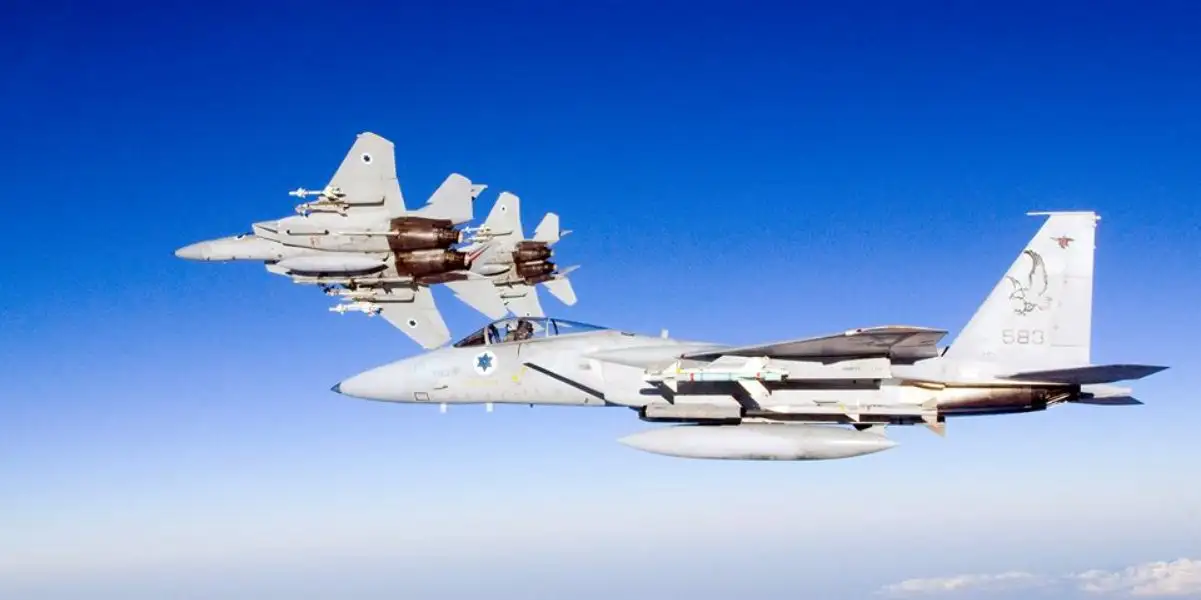Israeli Fighter Jet Fuel Malfunction Over Iran: A Critical Aerial Incident Analysis

Israeli Fighter Jet's Fuel Malfunction Near Tehran Sparks Tense Aerial Moment
Unexpected Crisis Unfolds Over Iranian Airspace
Intense developments in the skies marked last month’s armed confrontation between Israel and Iran, as Channel 12 reported that an Israeli fighter jet encountered a critical fuel system malfunction while deep inside Iranian territory. This revelation sheds light on the operational hazards faced by aircrews during high-stakes missions. The incident, which involved an F-15 aircraft, occurred as the jet approached Tehran, thrusting its pilot and the mission controllers into a rapidly escalating emergency scenario. Immediate identification of the malfunction was crucial, as it posed the real risk of the aircraft being forced down far behind enemy lines.
According to the latest coverage, the absence of scheduled aerial refueling support introduced unprecedented complexity. As soon as the issue became apparent, Israeli command was informed, prompting a race against time. The mission parameters, already stretching the limits of range and endurance, necessitated swift improvisation. A tanker aircraft was dispatched mid-operation, tasked with reaching the stricken fighter before fuel depletion made an emergency landing unavoidable. Meanwhile, a supplemental contingency plan considered diverting the jet to a nearby country should air support arrive too late to intervene.
Diplomatic Sensitivities and Operational Risk Management
The logistics of mid-operation refueling over or near hostile airspace added significant diplomatic and strategic considerations. The report did not publicly identify the neighboring country that might have received the emergency landing, though speculation points to Azerbaijan, given its geographic proximity and previous defense cooperation context. The pilot’s ability to maintain composure and coordinate with both air and ground control demonstrates rigorous training and preparedness for unknown variables.
Notably, the presence of this contingency underscores the calculated strategies necessary for deep strike missions. Command assumed the risk of a potential forced landing in a region riddled with geopolitical complexities, balancing operational success with the paramount priority of aircrew survival. This documented event marks a rare glimpse into the decision-making and risk management behind real-time aerial maneuvers during periods of heightened conflict.
Environmental Evidence and Unfolding Repercussions
The aftermath of the accident soon echoed beyond operational circles. Several discarded auxiliary fuel tanks were reportedly recovered from the Caspian Sea, likely jettisoned as part of the emergency mitigation process. Ejected drop tanks serve as both evidence of the crisis and as a reminder of the immense pressures on aircrews executing missions at the operational edge of endurance. Such physical remnants, while routine in technical emergencies, also carry diplomatic weight—provided they are found in international waters or within the jurisdiction of other states.
In the broader context of the recent conflict, senior Israeli Air Force leadership had prepared for considerable aircraft losses in the opening stages of hostilities. The survival of the F-15 and its pilot reflected both the professionalism and adaptability imbued in such elite squadrons. While the aircraft ultimately completed its mission following the successful aerial refueling intervention, the incident highlighted the extraordinary risks involved when air operations extend into adversarial heartlands, as well as the layered contingency planning that underpins every sortie.
Strategic Imperatives and Crisis Resolution
This episode, as reported by authoritative sources, cuts through the fog of war to reveal the realities faced by pilots in moments where technical faults become matters of life, death, and broader strategic consequence. It also underscores the value of robust command and control systems, interoperability with support aircraft, and the foresight to maintain secondary plans for every mission parameter. Coordination between aircrews and ground control, supported by dynamic tanker operations, proved pivotal.
Physical traces in the Caspian Sea, left by the emergency, add a tangible footnote to the region’s complex military dynamics. These developments serve as a case study in the intricate interplay between technical reliability, human resolve, diplomatic nuance, and rapid decision-making. The episode concludes as a measure of both the peril and professionalism defining contemporary aerial warfare over one of the most volatile theaters on earth.
